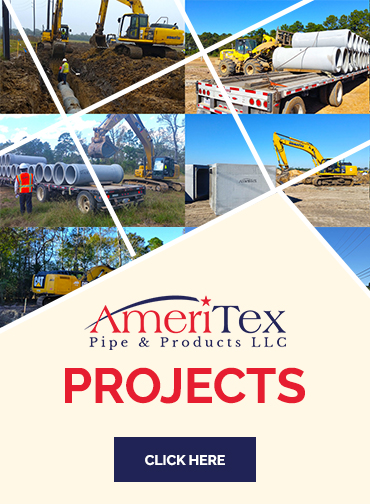Posted on August 10, 2022
When it comes to reinforced arch pipe, many people don’t know what it is or what it’s used for. However, reinforced arch pipe can be used in a variety of situations and provide a wide array of benefits. That being said, let’s break down the basics of reinforced arch pipe and some of its applications. – Read the full article →
Posted on August 9, 2022
In the construction industry, there are two types of concrete pipe that are commonly used – Class 3 and Class 4. But what is the difference between them? Which one should you use for your project? Here’s a breakdown of each type of pipe and when you should use them. What are the different classes – Read the full article →
Posted on August 4, 2022
Concrete pipe is used in many different ways, depending on the project at hand. In some cases, it can be used for drainage or as part of a septic system. It can also be used for structural applications or as part of a retaining wall. No matter what the need, concrete pipe is versatile and – Read the full article →
Posted on August 2, 2022
Fiber reinforced concrete pipes have been used for over 50 years. The first major use of these pipes was in the construction of the Aswan Dam in Egypt. Since then, they have been used extensively in a variety of applications, including sewer and stormwater lines, culverts, and irrigation canals. Fiber reinforced concrete pipes offer several – Read the full article →
Posted on July 11, 2022
Many concrete culvert installation methods are used in projects – whether big or small. However, several different ways can be used to install a concrete pipe, each with its own distinct pros and cons. In this article, we’ll explore some of these methods, so you can better choose which installation method is best for your – Read the full article →
Posted on July 11, 2022
One important element to understand when working with elliptical pipes is how to calculate the hydraulic radius of the pipe. Read on to discover more about elliptical pipes, what they are used for, and how to calculate the hydraulic radius of an elliptical pipe. What is an elliptical pipe, and what is it used for? – Read the full article →
Posted on July 6, 2022
Concrete pipes come in many types and sizes, including standard concrete pipe sizes. As a popular product in the construction industry, concrete pipe has many uses and is essential for home improvements and remodeling projects. This article will guide you as you scout the standard concrete pipe sizes for your project. What Is a Standard – Read the full article →
Posted on July 6, 2022
When considering how much flowable fill to purchase, you need to determine what flowable fill mix ratio you need for your utility trenches and pipe projects. Flowable fill has gained prominence in trench construction over the past two decades as a low-cost alternative to compacting soils in a trench or ditch. Not as strong as – Read the full article →
Posted on June 21, 2022
Whether you are a contractor, working on a DIY project, or just doing some home repairs, at some point, you will need to calculate the amount of concrete mix required for your job. This can seem like a daunting task, but with a little bit of know-how, it can be easy to figure out. In – Read the full article →
Posted on June 21, 2022
Knowing how to calculate flowable fill is helpful during the planning phase of a job. In fact, flowable fill techniques can save your excavating crews time on a project when used properly. Utilizing flowable fill on a concrete pipe project reduces labor and machinery you would need to tamp and compact traditional granular fill. With – Read the full article →


